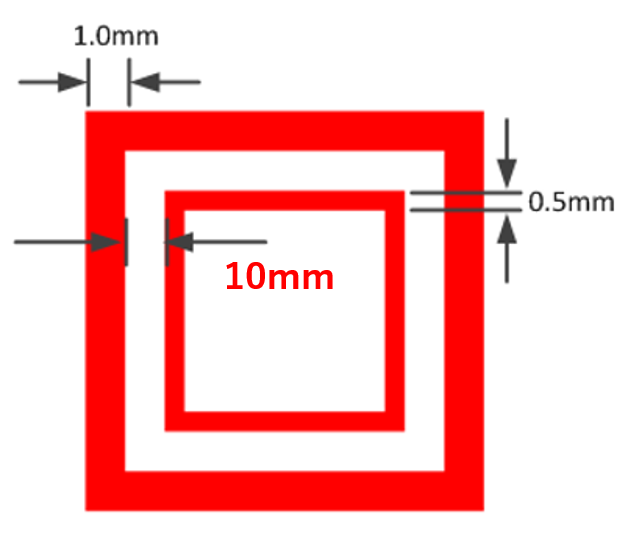Other Parts Discussed in Thread: TIDA-00343
Hello,
I have a question.
In the chapter on Common Layout Considerations of CapTIvate technology guide, the following statement was mentioned.
To make sure that the capacitance induced by a finger is large relative to the parasitic capacitance, the total parasitic capacitance (C_parasitics, C_trace, and C_electrode) should be in the range of 10 pF to 20 pF (the change is at least a 5% change).
According to this description, since two electrodes are required for TX and RX with each other, we think that the parasitic capacitance should be 20 to 40 pF, but is my understanding correct?
Regards,



